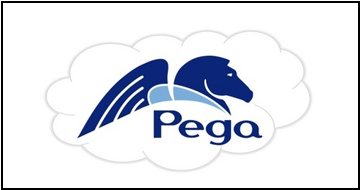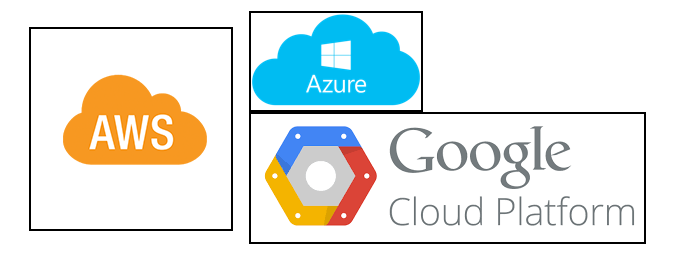
Deployment options
Deployment Options
Because of Pega Platform's standards-based open architecture, you have maximum flexibility in deploying and evolving your applications. Pega Platform can run on-premise in different operating system environments with any of the popular application servers and databases.
In addition, Pega Platform can be made available as a cloud application for development, testing, and production. You can mix approaches with development and test environments on cloud, and then move production-ready applications to on-premise.
On-premise
On-premise refers to systems and software that are installed and operate on customer sites, instead of in a cloud environment.
Pega Platform requires two pieces of supporting software in your environment:
- A database to store the rules and work objects used and generated
- An application server that supports the Java EE specification – Provides a run-time environment and other services (such as database connections, Java Messaging Services (JMS) support, and connector and services interfaces to other external systems)
Cloud choice
Running on the cloud in any form is an attractive option for many organizations. Pega Platform provides flexible support across different cloud platforms and topology managers.
Your platform choice depends on your needs and your environment.
The three basic models for deploying Pega Platform on the cloud include:
- Pega Cloud – Pegasystems’ managed cloud platform service offering is architected for Pegasystems’ applications. Pega Cloud is the fastest time to value.
Pega Cloud offers three basic provisioning options:
- Standard Sandbox, that supports up to 15 regular developers, testers, or users
- Large Sandbox, that supports up to 45 regular developers, testers, or users
- Production, is a scaled environment that allows for business continuity and scalability
For more information about Pega Cloud, see the Pega Community article Pega Cloud.
- Customer Managed Cloud – Customer-managed cloud environments are run within private clouds or run on Infrastructure-as-a-Service (IaaS) offerings delivered by providers such as Amazon Web Services, Microsoft Azure, or Google Cloud Platform.
- Partner Managed Cloud – Partner-managed cloud environments are owned and controlled by business partners. A partner-managed cloud delivers the Pega Platform as a custom hosting solution or purpose-built application service provider.
Pivotal Cloud Foundry
To simplify IT operations and automate system management tasks, such as dynamic node allocation to support automatic scaling, deploy the Pega Platform on the Pivotal Cloud Foundry (PCF) Platform-as-a-Service infrastructure (PaaS).
PCF is a topology manager. Using a topology manager like PCF still requires one of the above Cloud providers. For more information, see the Pega Community article Deploying Pega Platform Service Broker on Pivotal Cloud Foundry by using the Ops Manager.
To have greater control over the deployment, use BOSH to deploy the Pega Service Broker. For more information, see the Pega Community article Deploying the Pega Platform Service Broker on Cloud Foundry by using BOSH.
Docker container
Pega can run as a Docker container. Docker is a Container-as-a-Service (CaaS) infrastructure. Docker is a cost-effective and portable way to deploy a Pega application because you do not need any software except the Docker container and a Docker host system.
Developers use Docker to eliminate certain problems when collaborating on code with co-workers. Operators use Docker to run and manage apps side-by-side in isolated containers. Enterprises use Docker to build agile software delivery pipelines.
Containers provide a way to package software in a format that can run isolated on a shared operating system. For more information on Docker support, see the Pega Community article Pega Platform Docker Support.
If you are having problems with your training, please review the Pega Academy Support FAQs.
Want to help us improve this content?





